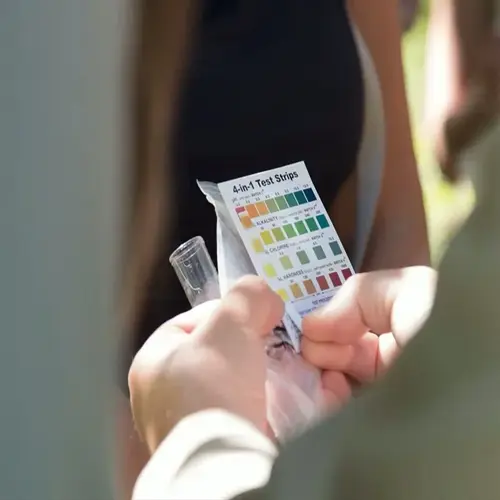What are pet-safe plant alternatives?

Written by
John Williams
Reviewed by
Prof. Henry Webster, Ph.D.Designing a pet-friendly indoor garden begins with the inclusion of safe, non-toxic plants. Spider plants yield green foliage without the risks. Boston ferns provide pure humidity naturally. Orchids bring a secure, flowering beauty to any room. I redesigned my interior using these plants after lilies poisoned my cat.
Spider Plant Care
- Light: Thrives in bright indirect sunlight
- Water: Weekly watering letting soil dry slightly
- Benefit: Purifies air removing formaldehyde
- Pet safety: Non-toxic to cats and dogs
Boston Fern Maintenance
- Humidity: Mist leaves daily or use pebble tray
- Placement: Ideal for bathrooms or kitchens
- Benefit: Natural humidifier for dry homes
- Pet safety: Harmless if nibbled by pets
Orchids are superb choices for safe elegance with few risks. Their blooms last for months without posing a danger to pets. I keep Phalaenopsis orchids on the windowsills my kittens can reach. They require once-a-week watering with ice cubes and indirect light. Be sure to keep them out of direct sunlight, as this will scorch their delicate blooms.
Parlor palms flourish in dark corners where other plants fail. They clean air and are absolutely pet safe. Water when the top of the soil feels dry about every ten days. I rotate mine once a month to get even growth in my dim-lit living room.
Rosemary has a twofold purpose: it is both decorative and edible. This hardy herb is a natural pest deterrent and non toxic. Grow in well-drained soil and in full sun. I take sprigs for cooking purposes while my dog safely naps nearby.
Utilize intelligent placement strategies. For trailing spider plants, use hanging planters. Put all ferns in a humidity-loving section of the house. If needed, create pet-free zones by using baby gates. My cats leave rosemary alone, but I pay close attention when I introduce new plants for their safety.
Read the full article: Toxic Plants for Pets: Ultimate Safety Guide
